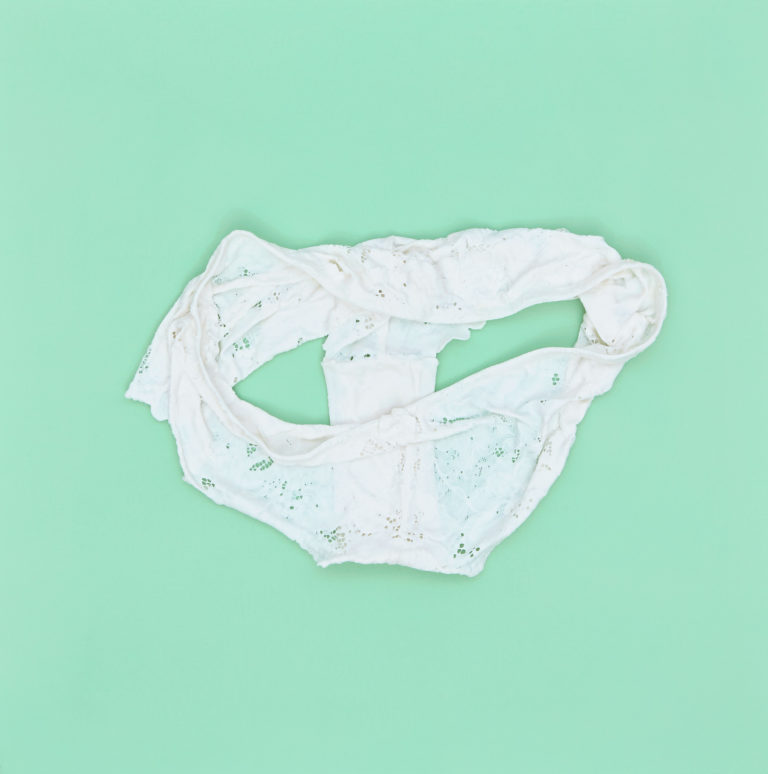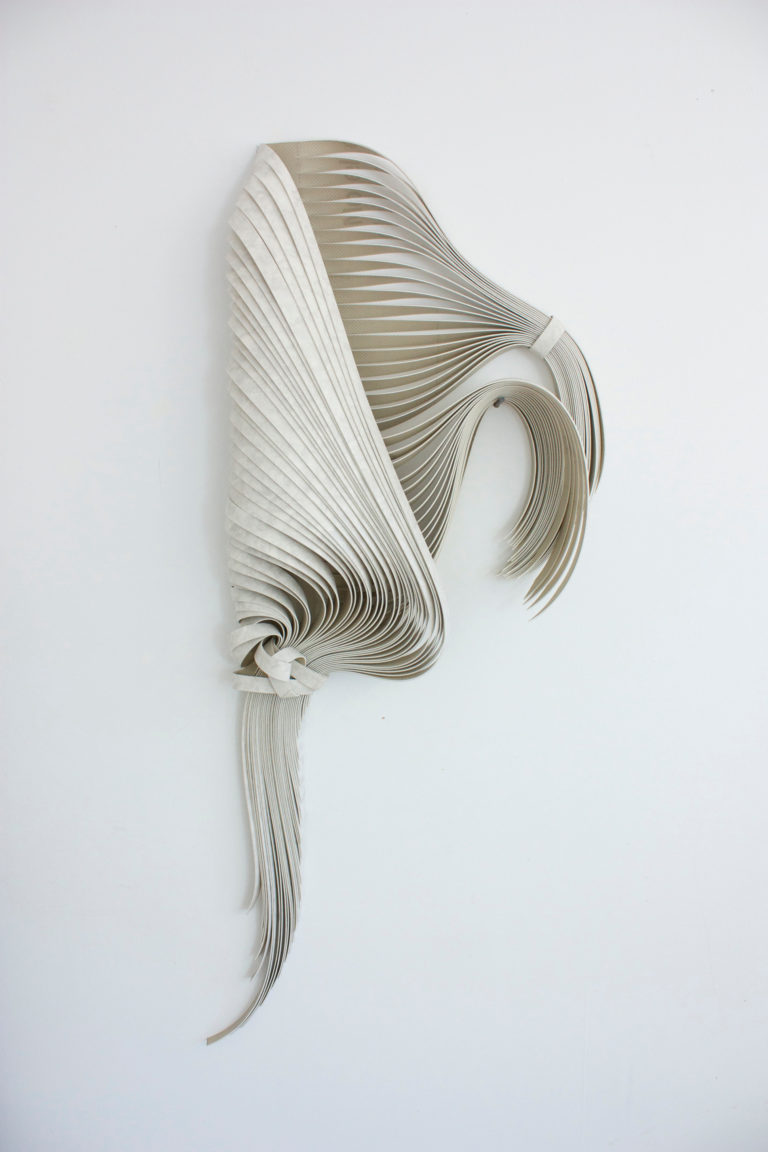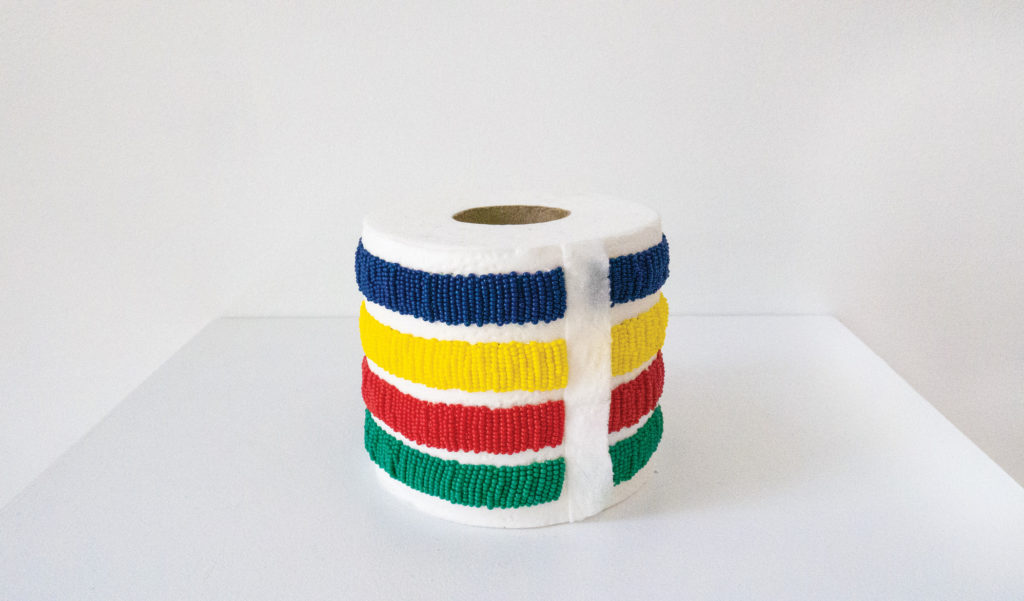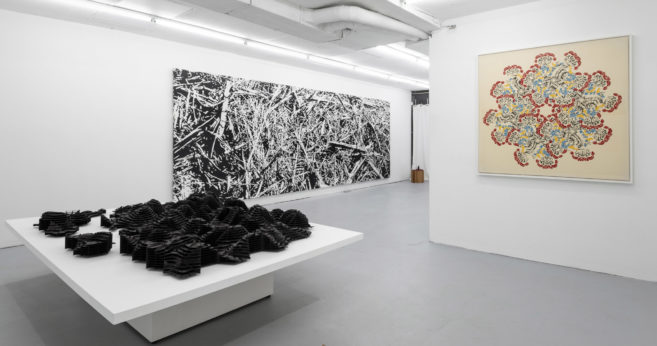More than one hundred years after Marcel Duchamp’s Fountain (1917), the toilet—that plain old piece of plumbing—remains an icon of the mundane. But the way we see the readymade in general has perhaps shifted—as Siri Hustvedt posited in the Guardian earlier this year, Fountain may be less Duchamp’s creation than that of artist and poet Baroness Elsa von Freytag-Loringhoven. In 2016, Maurizio Cattelan’s functional golden toilet, titled America, first installed at the Guggenheim Museum in New York, reworked ideas of readymade art value—ideas only to be flushed away, perhaps, when the toilet was stolen from Blenheim Palace in September of this year.
Accordingly, in “ExtraOrdinary Objects” at Calgary’s Glenbow Museum, curator Sarah Todd attempts to broaden the definition and recent history of readymade art through contemporary contributions including Indigenous and feminist approaches. Works from Prairie-connected artists Eric Cameron, Svea Ferguson, Gordon Ferguson, Audie Murray, Robin Peck, Yvonne Mullock, Arlene Stamp and Tim Zuck similarly evoke bathroom-like media of linoleum, plaster, vinyl tile, Plexiglas, toilet paper and porcelain. They not only elevate the status of the ordinary and annul the item’s original function, but also focus on “transforming our perceptions of ordinary objects through the artist’s hand.”
The closest reference to Fountain comes in the form of Gordon Ferguson’s Blue Up (2004), composed of two conjoined toilet tanks. This formal inversion of the original toilet sculpture prefaces the other mundane materials to come.
Three of Eric Cameron’s painting-cum-sculptures greet visitors, notably Thick Painting: Alice’s Rose (1989). Cameron paints layers of gesso onto household objects until the original forms are transfigured. The rose morphs into an arm’s-length, bleached anemone.
Svea Ferguson’s sinuously cut linoleum sculptures, which circle Cameron’s work, become a backdrop for the rose. Never considering the output of Cameron’s and Ferguson’s work to be closely related, I was struck by similarities in how each artist handled mundane materials. Both works have delicately marbled surfaces, originating from the white gesso and linoleum, respectively. Cameron and Ferguson repurpose common, restrictive and typically unseen art materials into forms that feel organic and unpredictable.
 Yvonne Mullock, My Panties - Favourite, 2019. Porcelain. Collection of the Glenbow Museum.
Yvonne Mullock, My Panties - Favourite, 2019. Porcelain. Collection of the Glenbow Museum.
 Svea Ferguson, Extreme Calm, 2015. Linoleum flooring, marble, 129 x 60 x 11 cm. Collection of Walter Phillips Gallery, Banff Centre for Arts and Creativity. Courtesy the artist. Photo: Jessica Wittman.
Svea Ferguson, Extreme Calm, 2015. Linoleum flooring, marble, 129 x 60 x 11 cm. Collection of Walter Phillips Gallery, Banff Centre for Arts and Creativity. Courtesy the artist. Photo: Jessica Wittman.
The exhibition also contains objects that speak to craft traditions, whether in material or in method. Yvonne Mullock’s My Panties (2019) appears as a week’s worth of discarded undergarments strewn on the floor. The underclothes are actually porcelain. Four of Robin Peck’s sculptures depicting gypsum crystal—such as Selenite (Representation of a Gypsum Crystal, Calcium Sulphate, CaSO4) (2002)—are hand-hewn from plaster, wax and shellac, denoting the commonplace material with uncommon technique. The artist’s skill and effort is essential to this new readymade where the idea of the commonplace, rather than a commonplace object per se, is given a new dimension through the work of the artist’s hand.
Métis artist Audie Murray’s seed-beaded sculptures are emblematic of Todd’s proposed evolution of the readymade. Pair of Socks: Reclaiming (2019) features commercially available Billabong socks pinned to the wall. The sole of each sock is beaded with a floral image that falls off into a geometric design matching the original sock pattern.
Using her cultural and material knowledge, Murray’s hand-beaded patterns remove the footwear’s function by making them too valuable and fragile to walk on. Similarly, her Four-Point Ply (2019), consisting of a roll of toilet paper beaded with the Hudson’s Bay stripes, undermines the original object’s use value and gives it a symbolic charge.
Taking away the object’s function here is no longer a gesture for art’s own sake, but a matter of driving appropriative objects out of circulation and giving new purpose to the Duchampian, or maybe the Freytag-Loringhovenian, act.
This post was corrected on December 3, 2019. The purpose of the correction was to rectify an error in the creation date of Fountain.

 Audie Murray, Four-Point Ply, 2019. Photograph: Isaac Forsland. Courtesy Fazakas Gallery.
Audie Murray, Four-Point Ply, 2019. Photograph: Isaac Forsland. Courtesy Fazakas Gallery.






